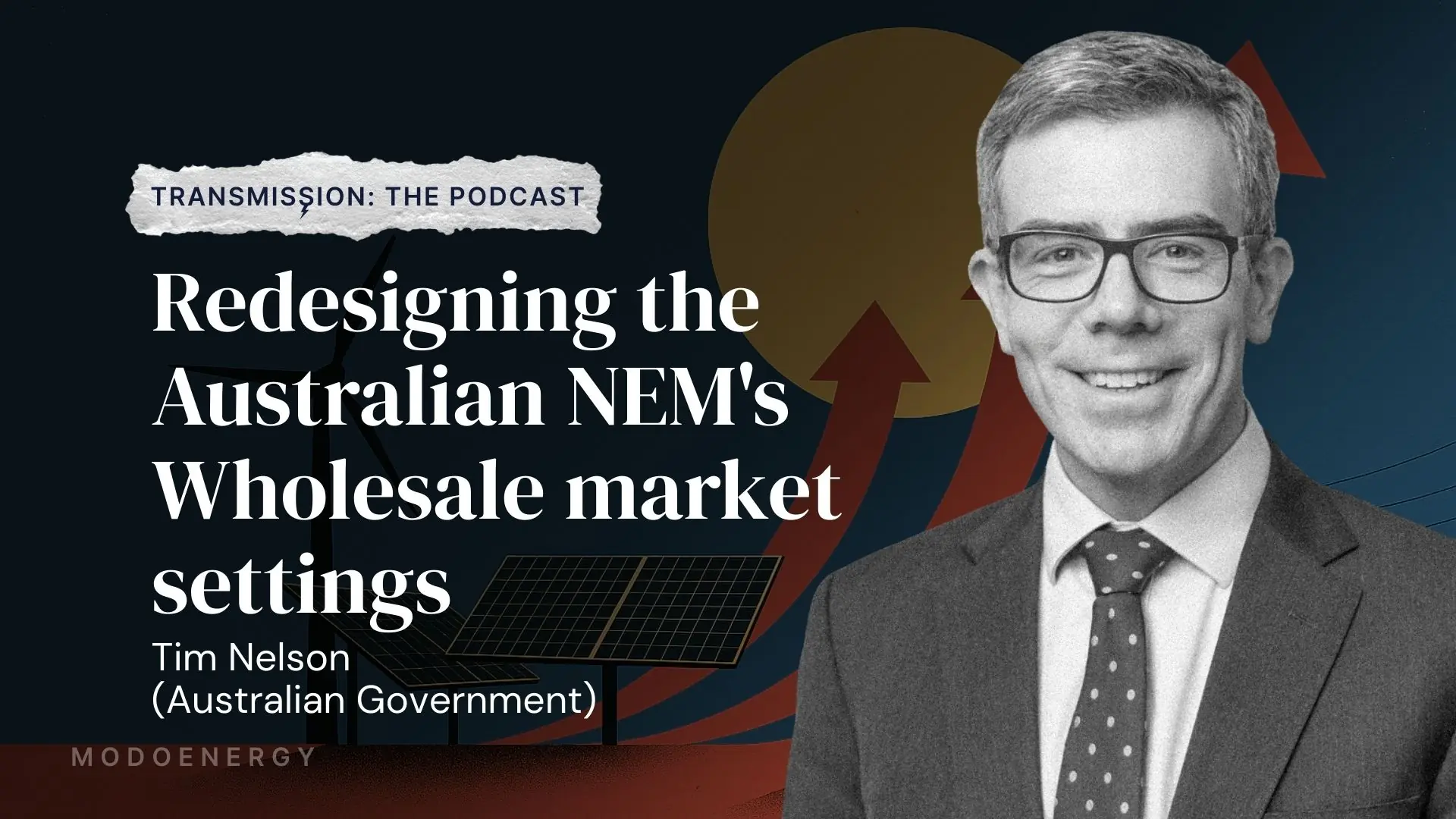Australia’s National Electricity Market (NEM) has some of the highest price volatility for electricity in the world. Prices can go from the market price floor to the market price cap in a single hour. As a result, NEM market participants (especially peaking assets like battery energy storage systems) earn a significant proportion of their revenues from extreme prices.
The NEM’s market structure allows for this volatility. It is an energy-only market, lacking capacity markets that decrease market volatility. Five-minute settlement and a high price cap (at $17,500/MWh, going up to $20,300/MWh on 1 July 2025) also allows for high market volatility.
Understanding the underlying drivers for price volatility is key to capturing potential revenue from extreme prices. This report analyses NEM price volatility and their underlying drivers. Based on that analysis, we outline recommendations to maximise earnings from volatility.
Executive summary
- Extreme price events are major earning opportunities. Up to $565k/MW of potential energy trading revenue between January 2022 and April 2025 came from extreme price events.
- Dispatchable assets like batteries rely on extreme price events as a major revenue source. This is especially true in Queensland and New South Wales.
- Transmission constraints and outages are major drivers of extreme energy prices. This is true for both interconnectors and lines connecting different regions of the same state.
- Operators should focus on monitoring line conditions to respond to potential price spikes.
- Regions prone to volatility due to transmission constraints offer greater potential for developers seeking to maximise revenues using a merchant strategy.
NEM market participants have access to significant potential revenue from extreme price events
This report defines extreme prices as prices above $3,000/MWh. When prices exceed this threshold, there are significant potential revenues. Potential energy trading revenues from extreme prices between January 2022 and April 2025 ranged from $156k/MW ($47k/MW/year) in Victoria to $593k ($178k/MW/year) in Queensland.







